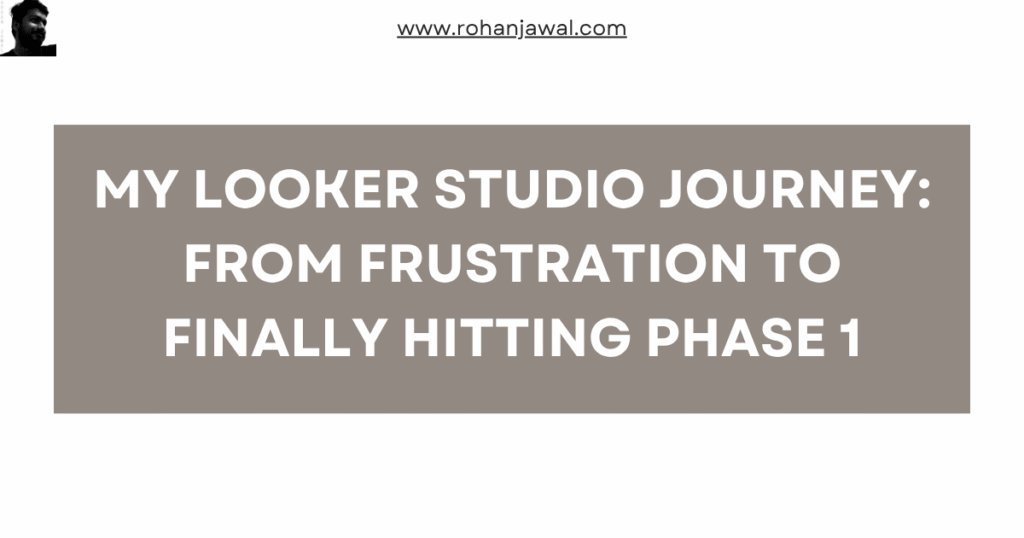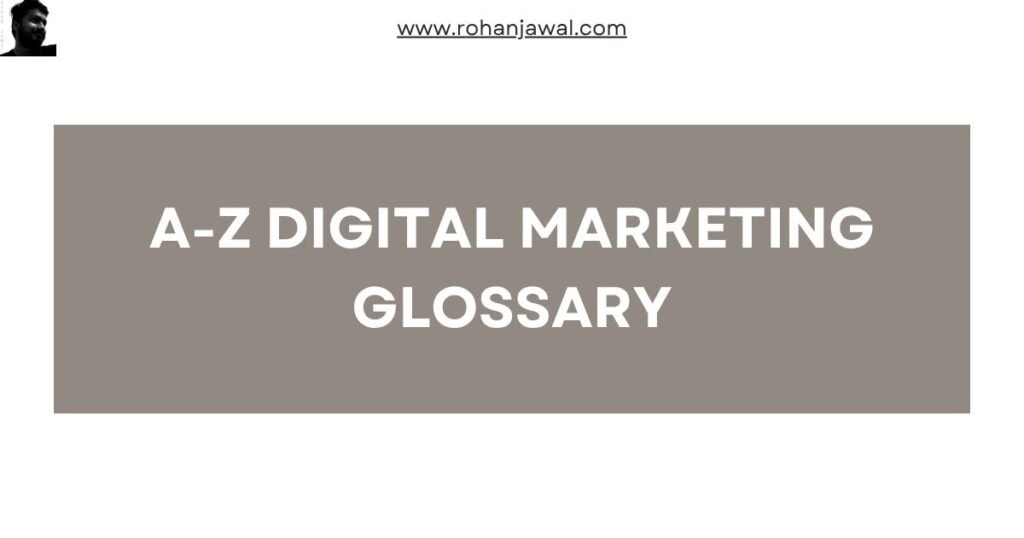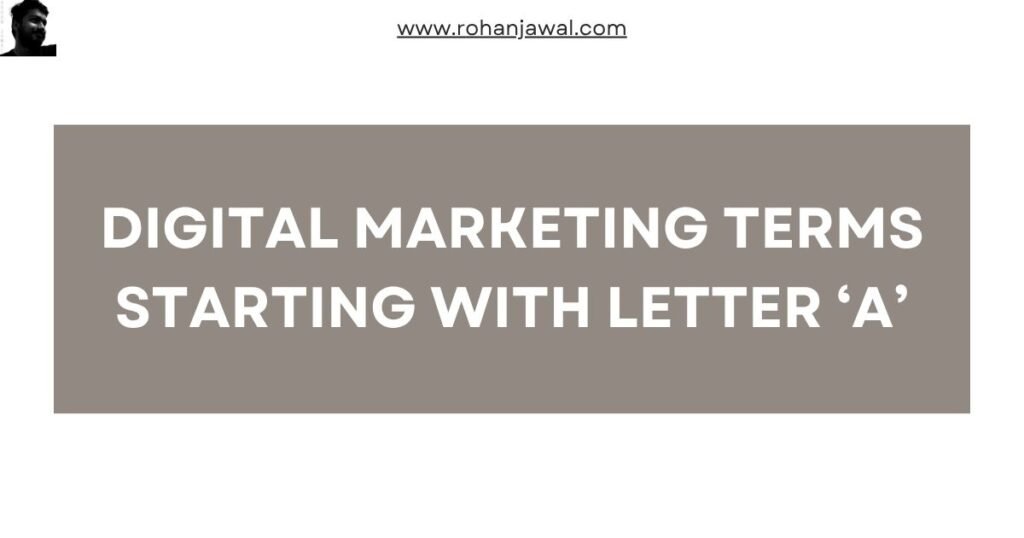I first stumbled upon Looker Studio (back when many still called it Google Data Studio) in the early 2020s.
At the time, my mindset was simple:
Here’s a free Google tool that can connect GA4, Google Search Console, and Google Sheets into beautiful, interactive dashboards. Finally, no more static PDF reports or manually merging CSV files.
It felt like the reporting upgrade I had been waiting for.
Except… it wasn’t.
The Early Days — When Excitement Turned Into Annoyance
I’d sit down, excited to build my first “real” dashboard.
The vision was clear in my head — charts showing traffic trends, filters for different segments, performance by product category, clean visuals that even a non-data person could understand.
And then reality hit:
- The data didn’t match between GA4, Sheets, and GSC.
- Filters broke without warning, showing “no data” when I knew there was plenty.
- The dashboard became sluggish if I added too many charts or blends.
- Column name changes in Sheets would silently break entire pages.
I’d start a build, get halfway, then abandon it.
It became a pattern: open Looker Studio → connect sources → experiment → hit a wall → leave it unfinished.
Sometimes I’d even spend hours troubleshooting only to realise I’d been pulling from the wrong date field the whole time.
It was frustrating enough that I questioned whether Looker Studio was overhyped — or maybe just not worth the time for what I needed.
The Turning Point — Realising It’s Not the Tool, It’s the Approach
Looking back, the tool was never the issue.
The real problem?
I was trying to build the ultimate, all-in-one dashboard from day one.
I wanted everything:
- All KPIs in one place
- Deep interactivity
- Fancy visual storytelling
- Data blending magic
The truth is, that’s like trying to run a marathon before you’ve even learned to jog.
So, I changed my approach.
Instead of chasing perfection, I decided to work in phases:
- Phase 1: Build something functional and stable.
- Phase 2: Add smart interactivity and calculated fields.
- Phase 3: Scale with modular dashboards for specific products or teams.
This shift — from “make it perfect” to “make it work” — changed everything.
Phase 1 — Finally, Something Usable
Today, Phase 1 is officially complete, and here’s what it includes:
- Overview dashboard that combines my core SEO & marketing metrics
- Clean connections from GSC, GA4, and Google Sheets — without overloading the dashboard
- Meaningful filters that let me slice the data by product, category, and type of page (plus date & device filters for context)
What’s Already Changed
Even in this basic form, the impact has been real:
- No more manual report merging — one dashboard replaces multiple spreadsheets.
- Faster team discussions — we can jump straight to insights instead of chasing numbers.
- Fewer update requests — stakeholders can self-serve by adjusting filters.
The feeling of opening Looker Studio and seeing a working report instead of an abandoned one is honestly a relief.
What Comes Next — Phase 2 Goals
Now that the foundation is in place, I’m planning to:
- Add more interactivity so anyone can drill down into data without me pre-building views.
- Use custom calculated fields to layer in richer insights (like CTR benchmarks or conversion efficiency scores).
- Improve visual storytelling so charts actually guide decisions instead of just showing raw numbers.
Eventually, I’ll move into Phase 3 — modular dashboards that are product-specific, category-specific, or campaign-specific, so they load faster and are easier to maintain.
The Mindset Shift That Made It Work
The biggest lesson here has nothing to do with data connectors or chart types — it’s about mindset:
A working dashboard today beats a perfect dashboard that never gets finished.
That’s why this time, I started small. I focused on filters that matter and data that’s clean instead of chasing a visually perfect, everything-in-one-place build.
Now, instead of Looker Studio sitting in my “frustrating experiments” pile, it’s firmly in my “working systems” list — and that feels like progress worth sharing.
If you’ve been stuck in Looker Studio like I was — here’s my advice:
- Start with one use case
- Keep your sources clean
- Build in phases
- Never underestimate how much bad filters can ruin a good dashboard
Because once it clicks, you start to wonder why you didn’t get here sooner.



